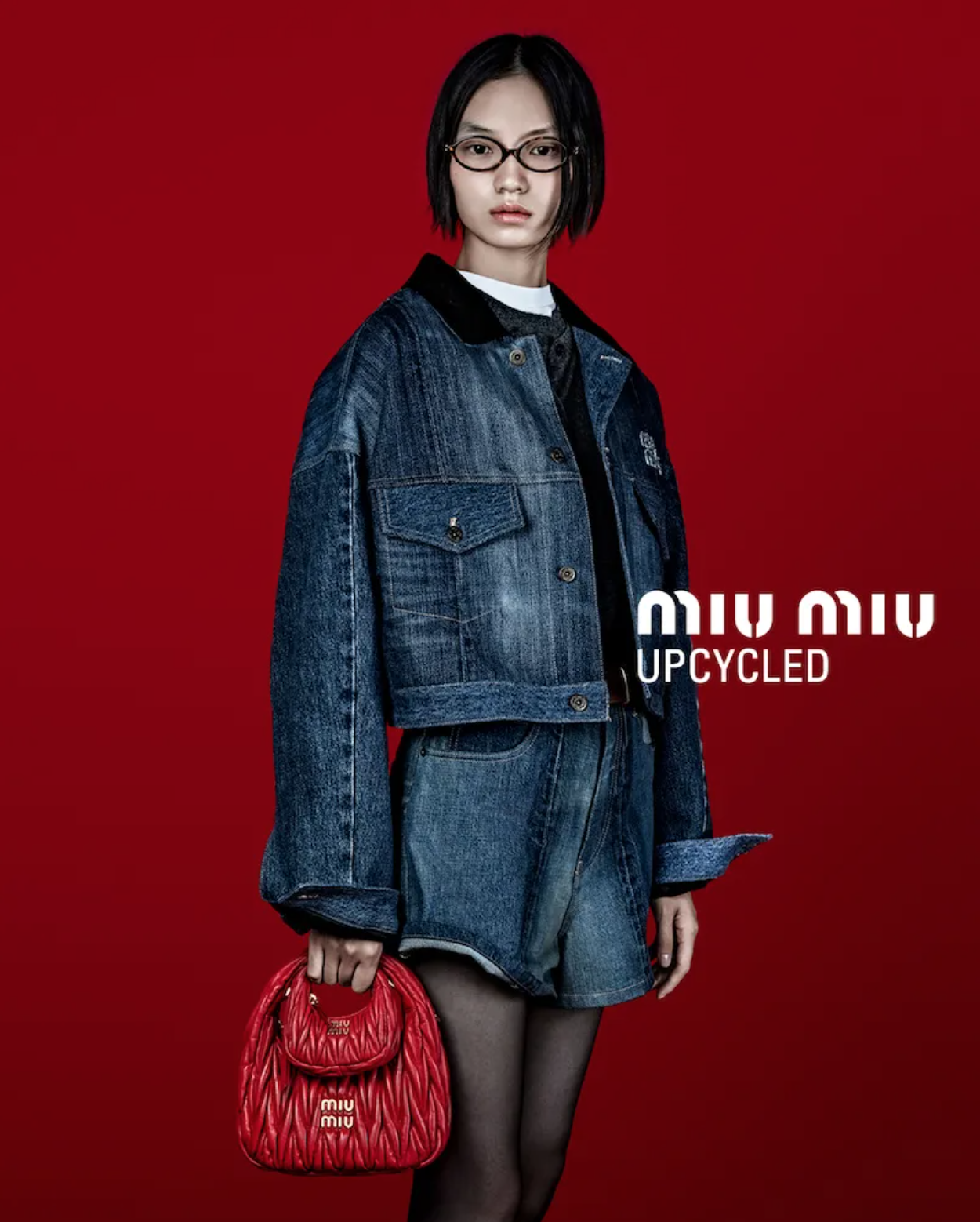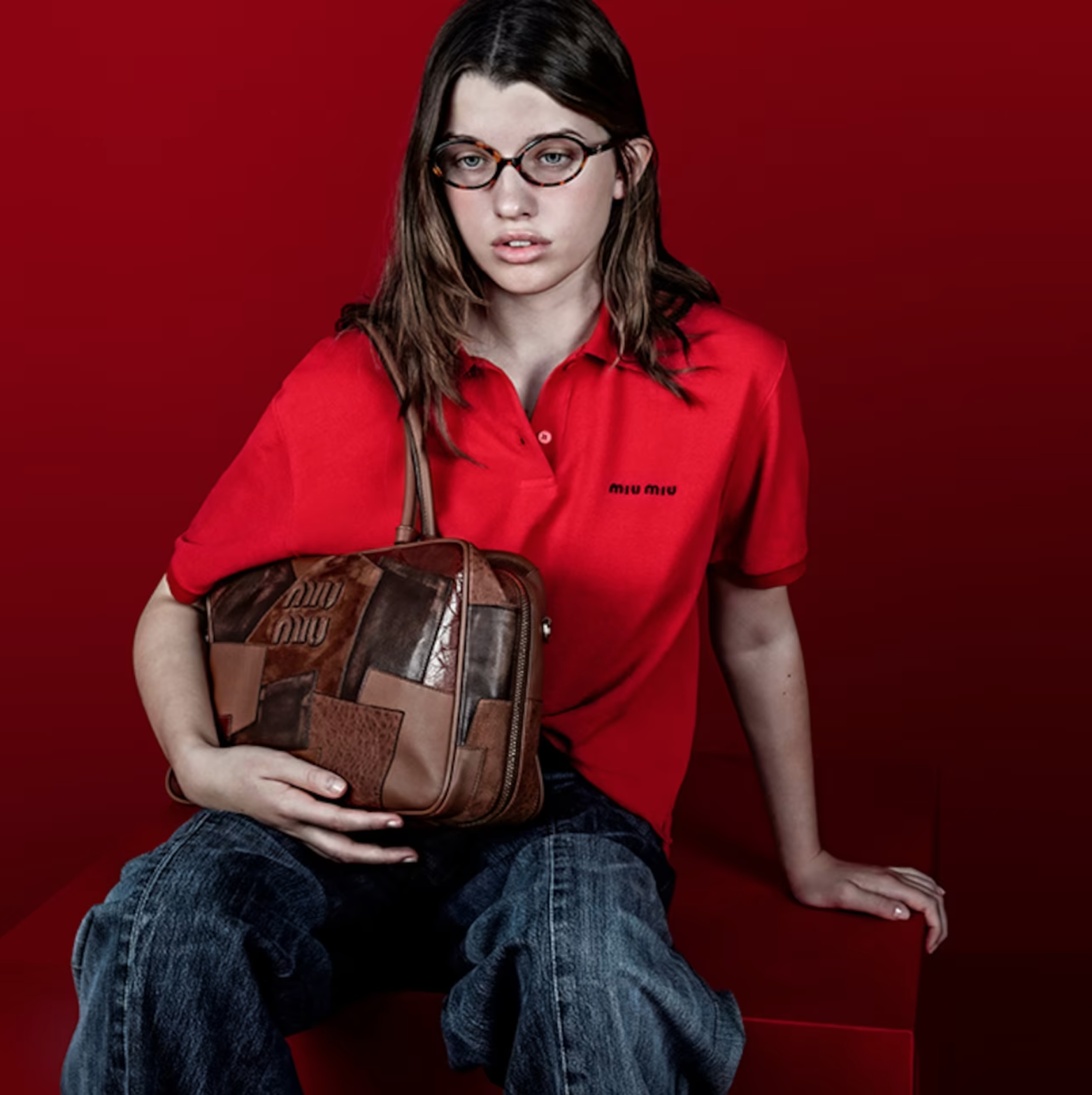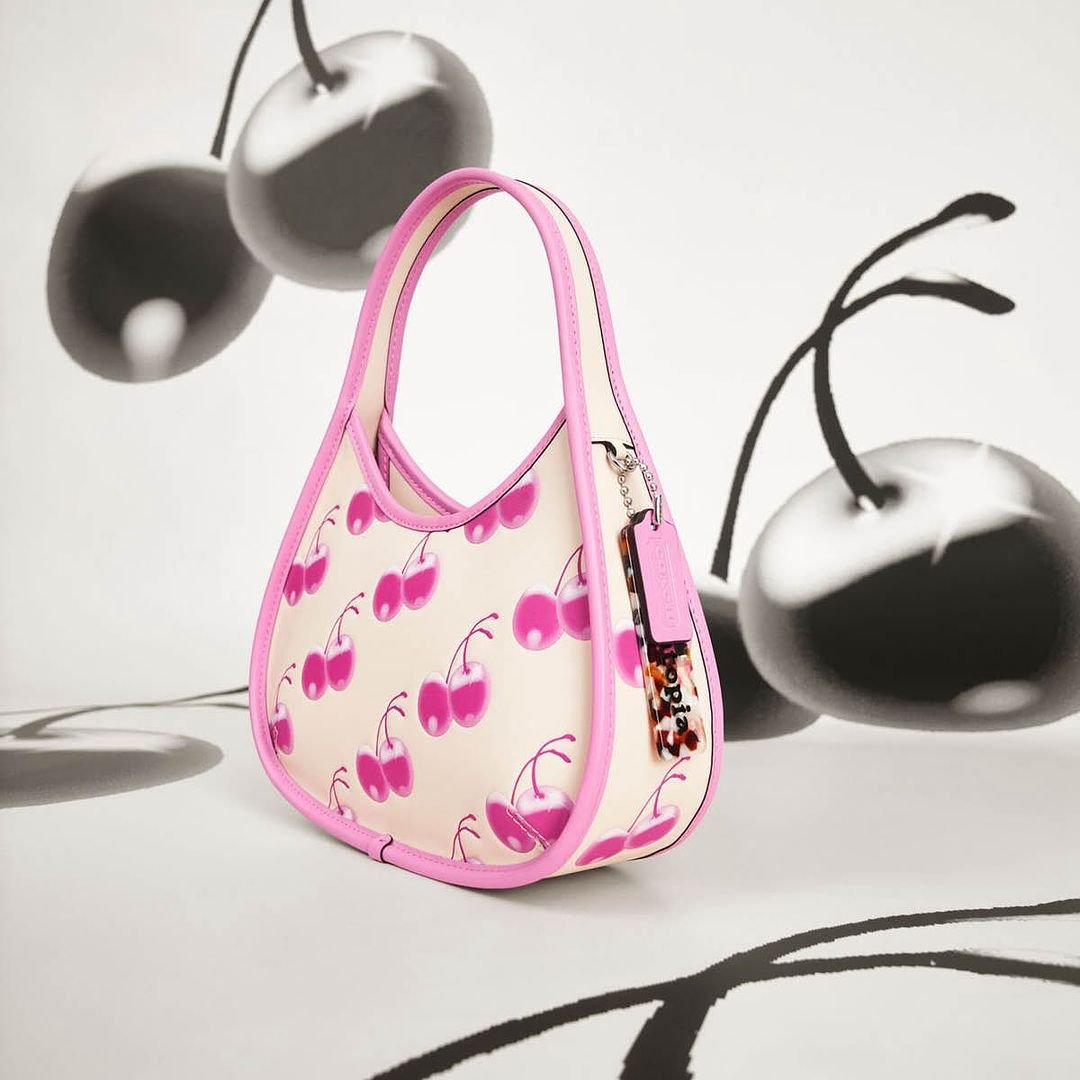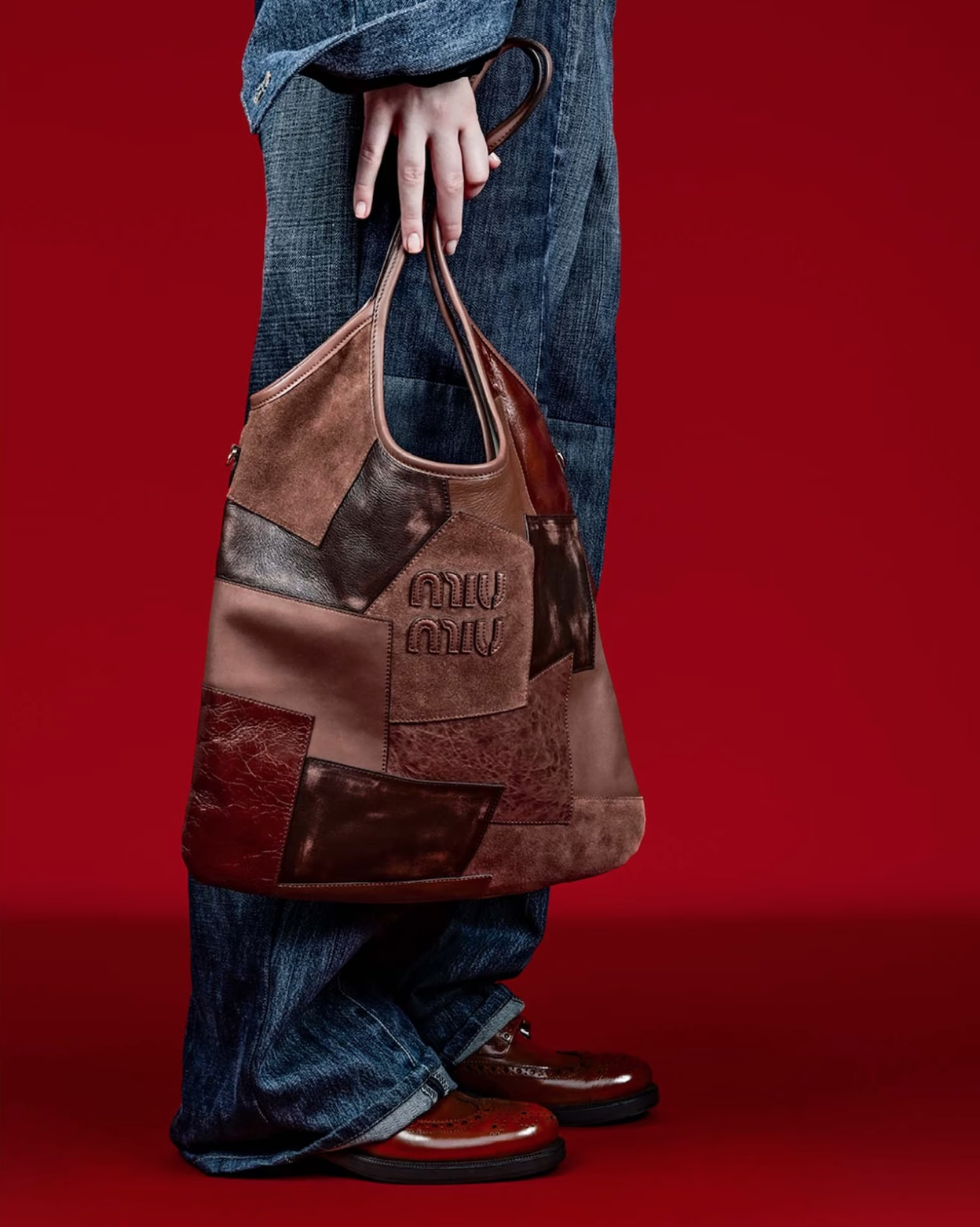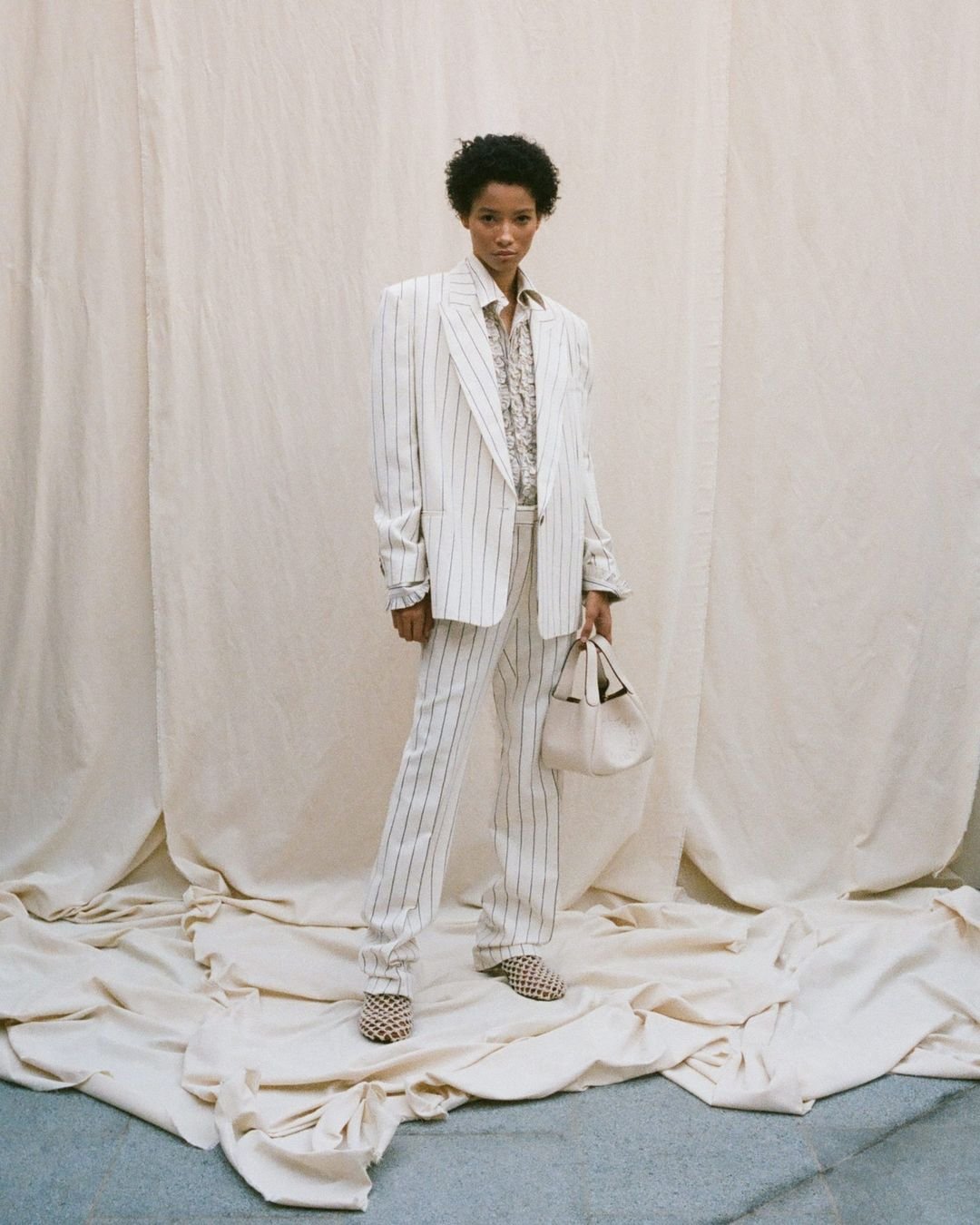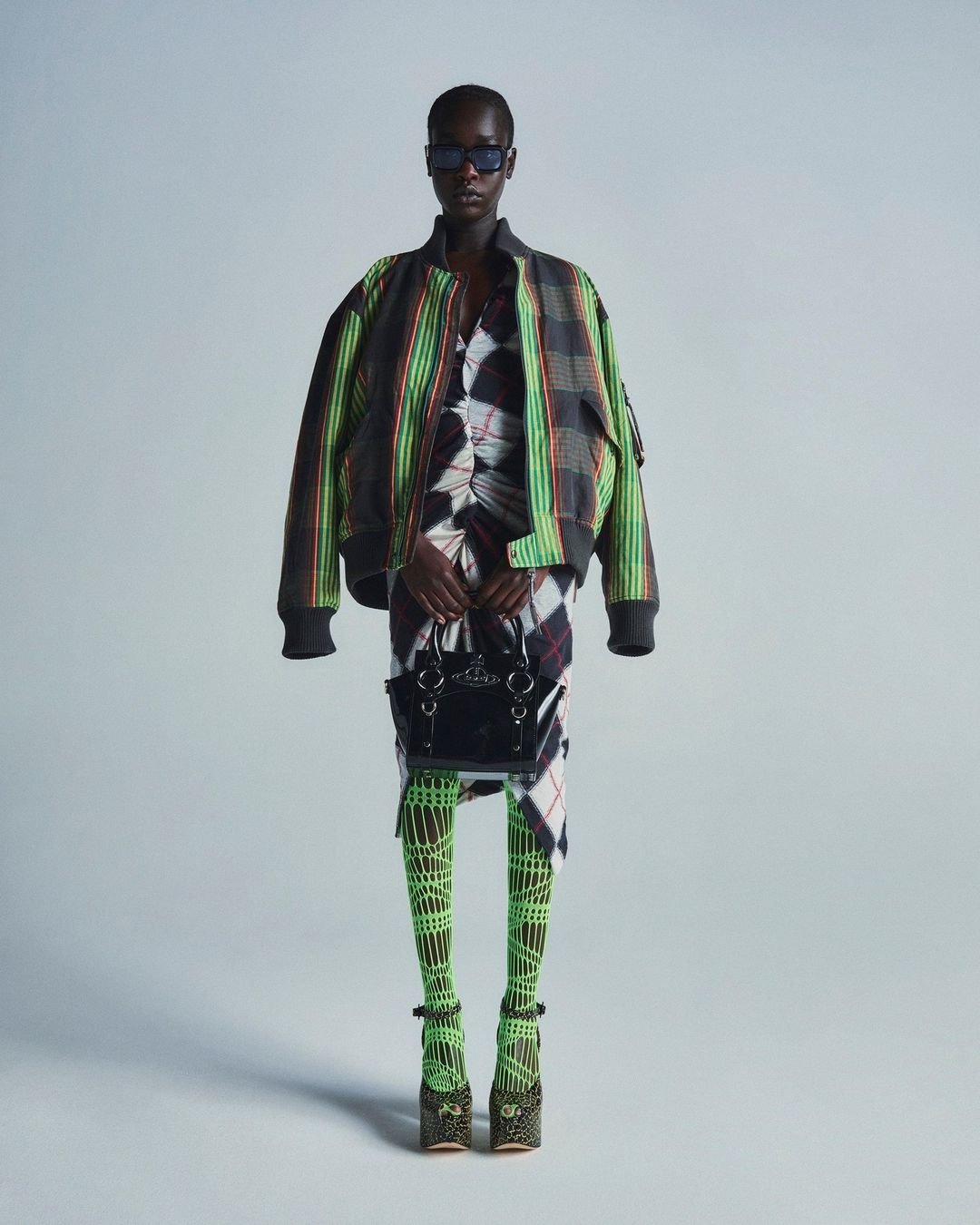What Happens When Luxury Fashion Tries Out Sustainability?
Haven’t you guys heard? The hottest club in New York is Sustainable Baddie, and luxury fashion wants in. Seriously, everywhere we turn, major labels are starting “sustainable” sublabels. We’d love to let them join the party, but do they genuinely want to spread the susty agenda? As the big-brained baddies we are, let’s raise a magnifying glass to luxury fashion’s supposed sustainable renaissance to deduce what this means for the future of sustainable fashion.
Ironically, the original tenets of luxury fashion echo the characteristics of what we now refer to as slow fashion: superior material and craftsmanship, handmade, and produced in small batches (if not made to order). The prevalence of mass-produced fashion, rising from the industrial age, portrays slow fashion as a luxury while accessible fashion is deemed disposable. Thus, contemporary luxury has been absorbed by the industry norms of high production output and has even led the charge by normalizing seasonal trends. But as the winds change, we’ve seen a rise in the popularity of vintage, archival, slow, and upcycled lines that have historically had a place in the industry, and major labels are investing their resources into sustainable practices.
In January, Miu Miu released their fourth limited edition collection under Miu Miu Upcycled. The collection features limited edition denim garments and accessories that have been reimagined to incorporate patchwork and embroidery inspired by 1950s haute couture. Miu Miu Upcycled highlights recycled materials as a high-quality, zero-waste resource, transforming pre-loved garments into contemporary pieces.
Similarly, Coachtopia, an innovation lab under Coach, was founded with the mission to accelerate fashion's transition to a circular economy by reimagining “waste as a valuable raw material” and crafting recycled and repurposed products. The pieces created under Coachtopia play with Y2K aesthetics and contemporary trends like coquette, crafted from repurposed materials, showcasing how creativity and innovation can thrive without generating further waste. These sub-labels underscore the potential for luxury fashion to lead the way in sustainable practices, demonstrating the ability of the industry to embrace circularity and innovative approaches.
They also raise a fundamental question: what does it mean when the pinnacle of the fashion hierarchy decides to integrate sustainability into their narrative? We must examine precisely that—the narrative—and whether it goes beyond a marketing ploy into a shift in business practices. Transparency and accountability are at the heart of sustainability and compel us to demand the data that proves these efforts aren't just buzzwords but substantive shifts in a more sustainable direction. We’re wary of rewarding the world’s most powerful companies for mediocre sustainability efforts, but we remain hopeful that these initiatives are the work of undercover sustainable baddies within the industry who are genuinely working to change standards.
Considering that luxury fashion brands set era-defining style trends, their potential impact on sustainability could be transformative. Miu Miu Upcycled and Coachtopia are continuations of the authentic sustainability and transparency already established within luxury fashion, exemplified by brands like Stella McCartney and Vivienne Westwood. These brands deliberately integrate sustainability into their ethos and production processes, illustrating the role luxury fashion can play in promoting responsible practices. They’re examples of how brands can be committed to sustainability without the need to boast about minimal efforts and how the fashion industry can thrive without depleting the Earth's resources.
Concerns arise when large luxury fashion companies appropriate sustainability terms like “upcycled” and “circular economy.” The exclusivity that is synonymous with luxury fashion risks these labels suggesting that sustainable practices are reserved for the affluent. Blurring the lines between sustainability and luxury, especially if it reinforces exclusivity or greenwashing, may encourage the perception that sustainable fashion is niche and expensive, potentially discouraging affordability-focused fast fashion brands from prioritizing sustainability.
Luxury fashion's "sustainable" sub-labels contribute to the sustainable fashion movement, even if the brand itself is not always aligned with our values. Incorporating recycled materials and ethical production methods is a positive step, and if companies are transparent, it could transform an entire brand and even the industry at large. These sub-labels, whether intentionally or not, educate consumers about sustainable fashion choices and help to establish new norms.
Sustainability in luxury fashion is a dynamic landscape that demands our attention as it evolves. While acknowledging the positive steps taken by some brands, we must also be vigilant against their potential pitfalls. As consumers, we have the power to demand more transparency, authenticity, and inclusivity from the industry, even from luxury fashion. The evolution of sustainability in luxury fashion not only has the potential to influence change within the sector but also to set an example for fast fashion, encouraging it to slow down and adopt more sustainable practices for the benefit of both people and the planet.
What are your thoughts on the rise of sustainable sub-labels?

